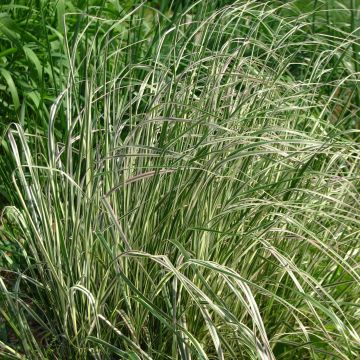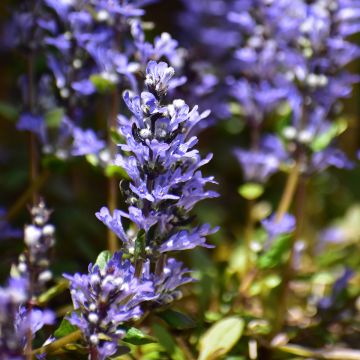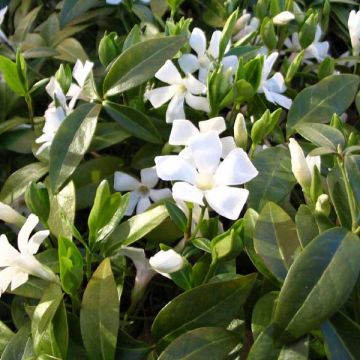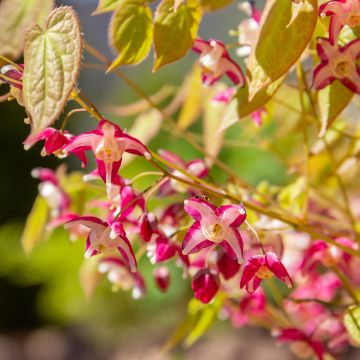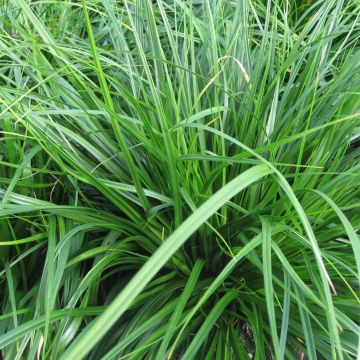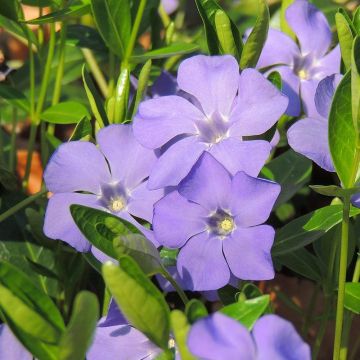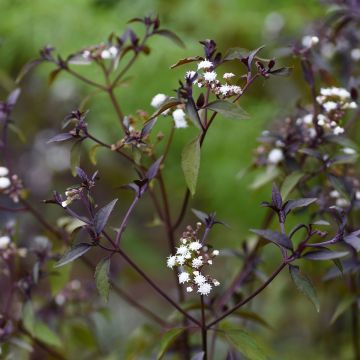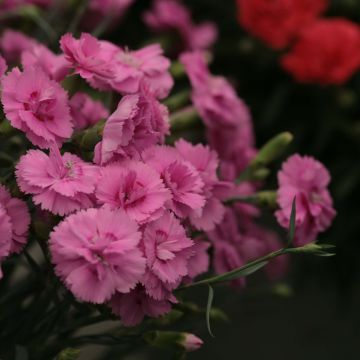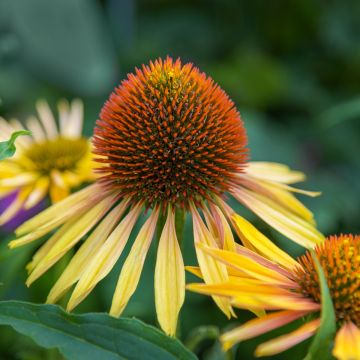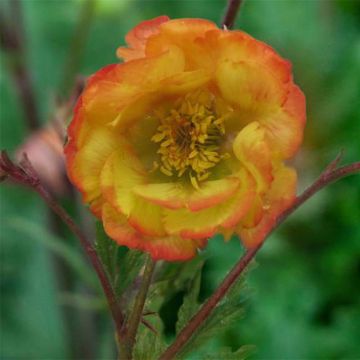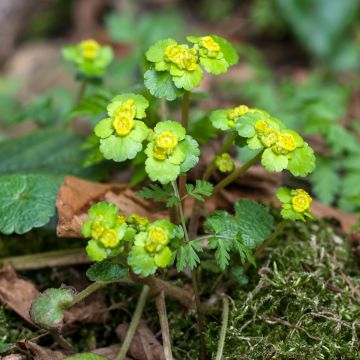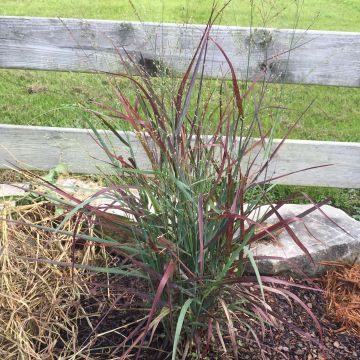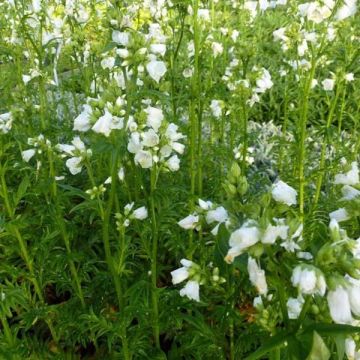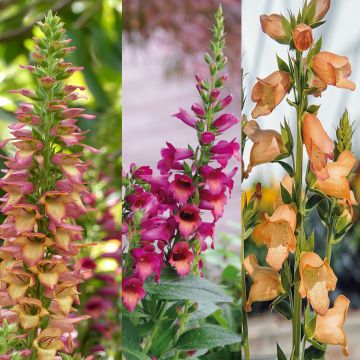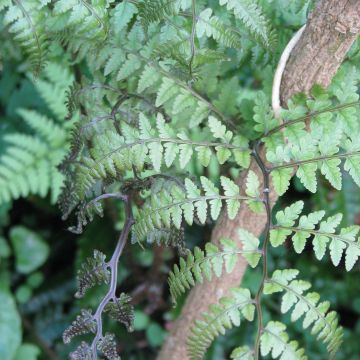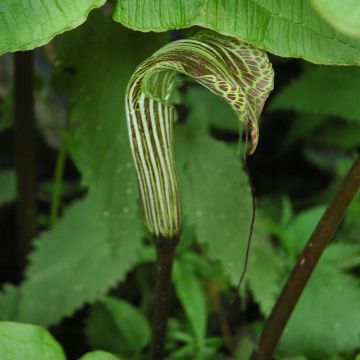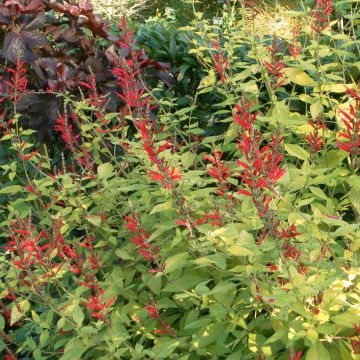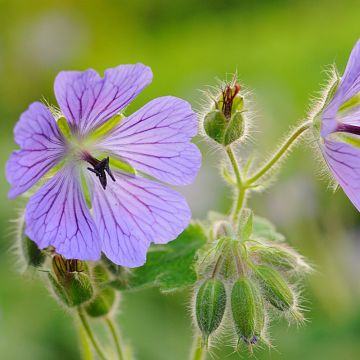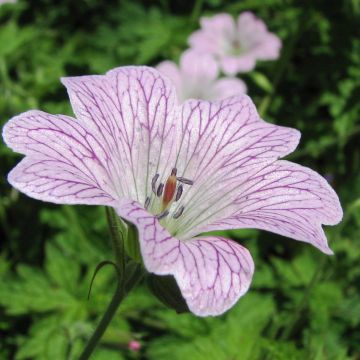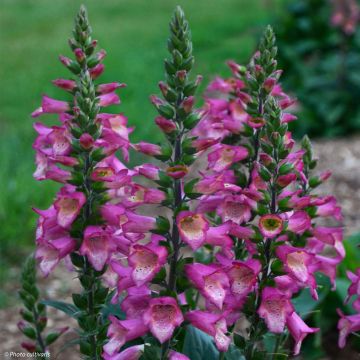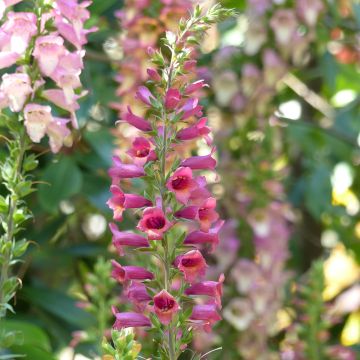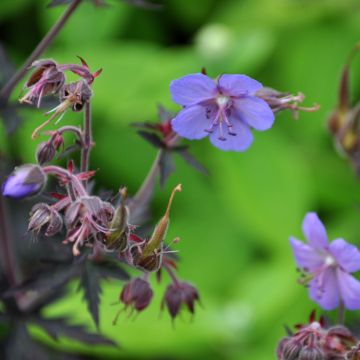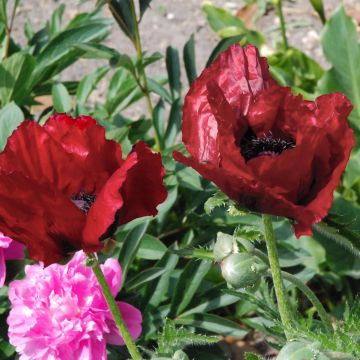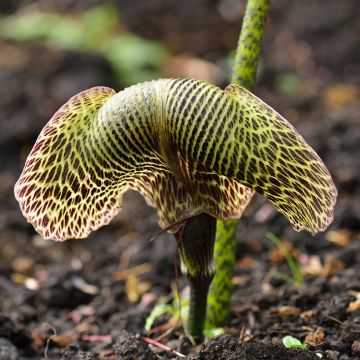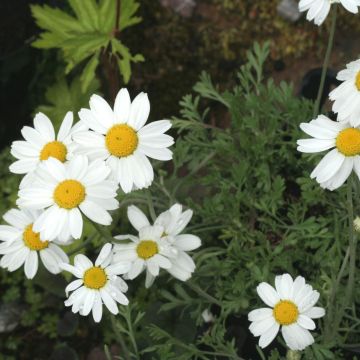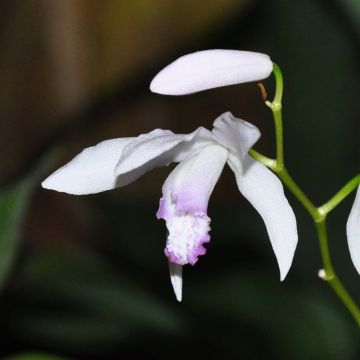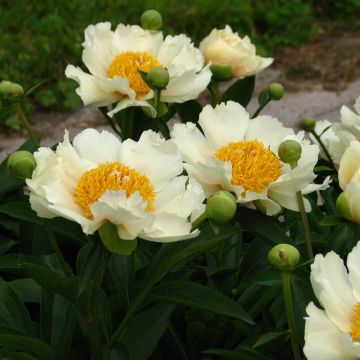Plantfit
Log in / Register
Existing customer?
New customer?
Create an account to track your orders, access our customer service and, if you wish, make the most of our upcoming offers.
My Account
Hello
Shipping country and language
Your country of residence may be:
For a better user experience on our website, you can select:
Your shipping country:
Andorra
Austria
Belgium
Bulgaria
Croatia
Czechia
Denmark
Estonia
Finland
France
Germany
Greece
Hungary
Iceland
Ireland
Italy
Latvia
Lithuania
Luxembourg
Monaco
Netherlands
Poland
Portugal
Romania
Slovakia
Slovenia
Spain
Sweden
Switzerland
Language:
French
English
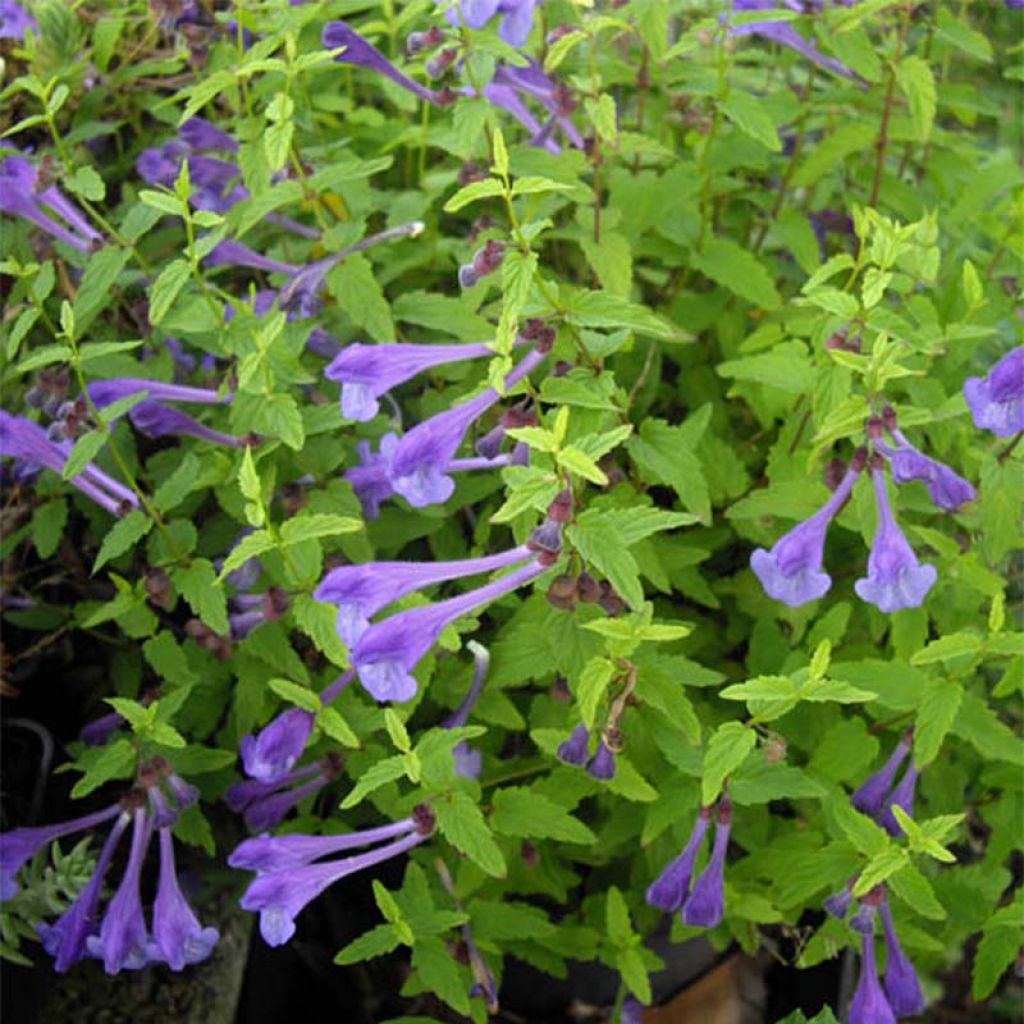

Scutellaria scordifolia - Scutellaire casquée
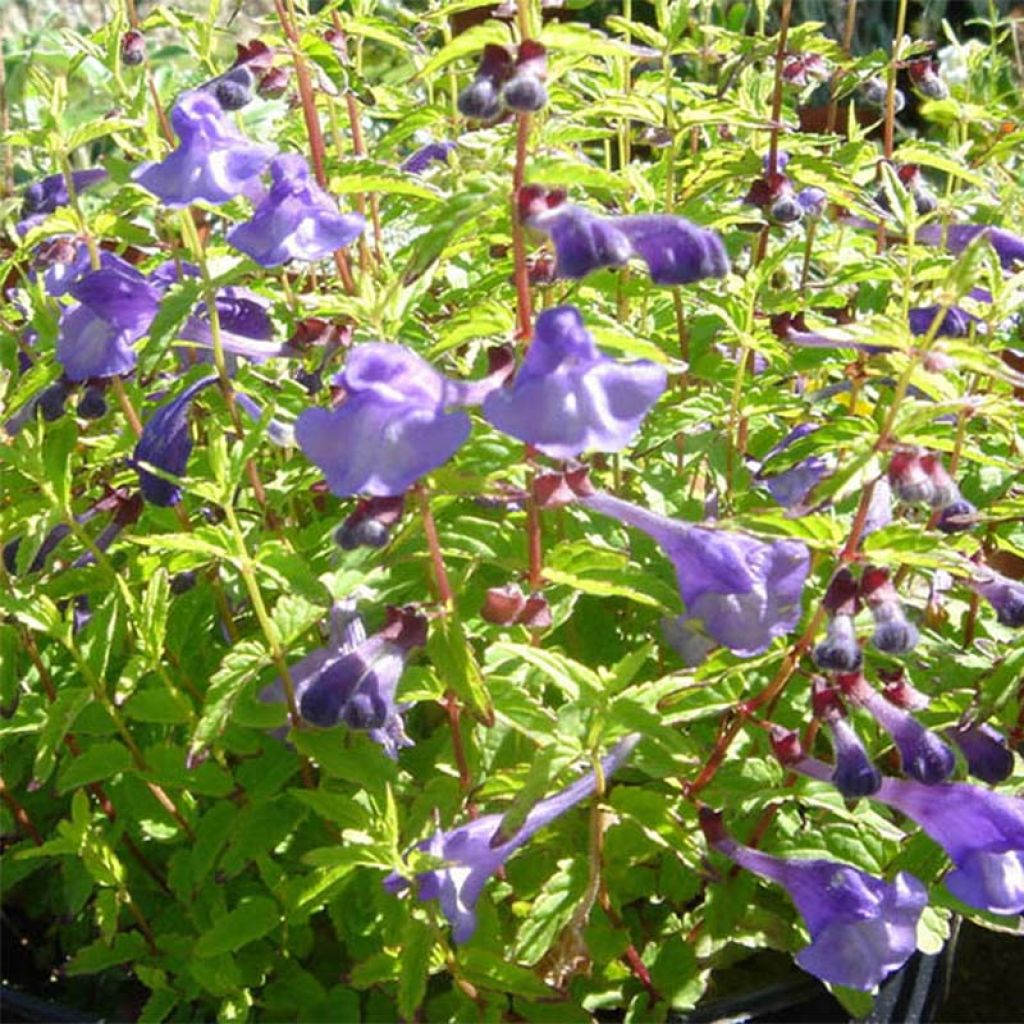

Scutellaria scordifolia - Scutellaire casquée
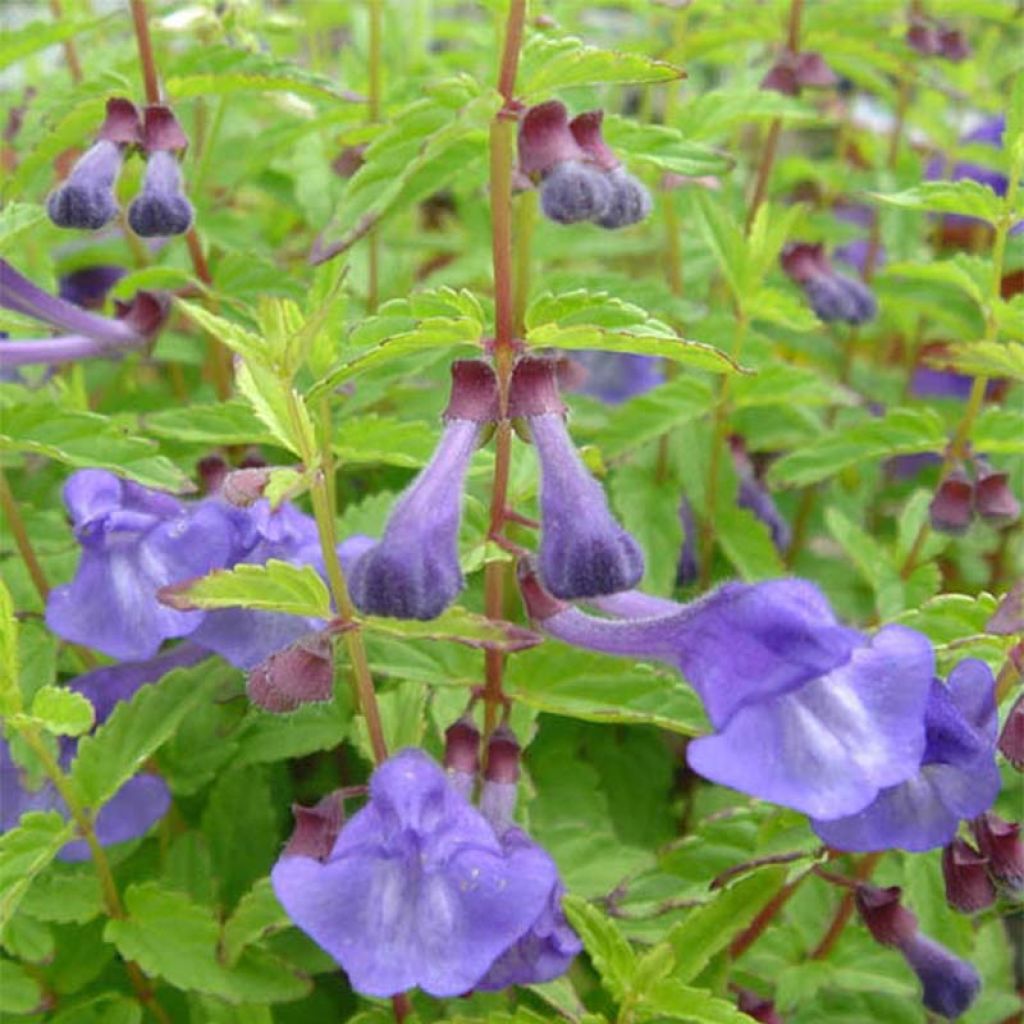

Scutellaria scordifolia - Scutellaire casquée
Scutellaria scordiifolia
Scutellaria scordiifolia
No regrowth. I did, however, plant them in several different locations.
Michèle, 16/06/2022
Order in the next for dispatch today!
Dispatch by letter from 3,90 €.
Delivery charge from 5,90 € Oversize package delivery charge from 6,90 €.
More information
This item is not available in your country.
Shipping country:
 Andorra
Andorra Austria
Austria Belgium
Belgium Bulgaria
Bulgaria Croatia
Croatia Czechia
Czechia Denmark
Denmark Estonia
Estonia Finland
Finland France
France Germany
Germany Greece
Greece Hungary
Hungary Iceland
Iceland Ireland
Ireland Italy
Italy Latvia
Latvia Lithuania
Lithuania Luxembourg
Luxembourg Monaco
Monaco Netherlands
Netherlands Poland
Poland Portugal
Portugal Romania
Romania Slovakia
Slovakia Slovenia
Slovenia Spain
Spain Sweden
Sweden Switzerland
SwitzerlandSelect delivery date,
and select date in basket
This plant carries a 12 months recovery warranty
More information
We guarantee the quality of our plants for a full growing cycle, and will replace at our expense any plant that fails to recover under normal climatic and planting conditions.
From 5,90 € for pickup delivery and 6,90 € for home delivery
Express home delivery from 8,90 €.
Would this plant suit my garden?
Set up your Plantfit profile →
Description
Scutellaria scordiifolia, also known as helmet skullcap, is a perennial related to mints, better known for its use in herbal medicine than in ornamental gardens, despite its ease of cultivation in any well-drained, moist to dry soil. It forms a low, spreading clump, from which a good number of spikes of long flowers of an intense gentian blue emerge in late summer. Vigorous, hardy, and able to withstand root competition, it thrives in sunny borders and rockeries. It also makes lovely potted displays.
Scutellaria scordiifolia is an herbaceous, rhizomatous perennial belonging to the Lamiaceae family, along with sage, mint, and thyme. It is native to the open, humid areas of China and Siberia. It is found in deciduous forests, pine forests, marshy meadows or grassy slopes, at an altitude of 2100m (6890ft). It is a perfectly cold-hardy plant, also able to withstand periods of relative drought.
The plant shows a moderately fast growth rate and will not exceed an average of 20cm (8in) in height (for foliage) with a 50 to 60cm (20 to 24in) spread. The stems are produced by a shallow stoloniferous underground stem with small tubers that act as a food reserve in case of difficult periods, such as drought. The stems are purple, slightly hairy, rough, and curved at the tip, with a square cross-section. They have opposite leaves towards their basal part, separated along the stem by long internodes. The light green linear to triangular leaves are 1.5 to 3.8cm (1 to 2in) long and 1 to 1.4cm (1in) wide. Their surface is hairy and their margin serrated. The stems, erect up to 50cm (20in) from the ground, produce numerous flowers in groups of 2 to 4 in the leaf axils from June to August. The small flowers, 1.5 to 2cm (1in) long, are generally tubular and bilabiate. They have a violet calyx enclosing two lips, the upper of which is helmet-shaped. Their colour is a bright gentian blue, slightly marked with white at the throat. The flowers are popular with pollinating insects. Its vegetation dies down in winter and returns at the end of March.
This skullcap is an adorable little plant. It is floriferous and easy to grow in well-drained soil. It is often used in rock gardens that are not too dry, or at the edge of paths or beds that it festoons with its very blue blooms for several weeks in summer. Withstanding the competition of shrub roots, it will also find its place at the foot of a hedge, as long as it receives sunlight there. It can be planted with, for example, helianthemums and sedums. It can also be placed near a pond, as long as the soil is not waterlogged. It can be easily grown in pots, to decorate a patio or balcony during summer.
Scutellaria scordiifolia in pictures
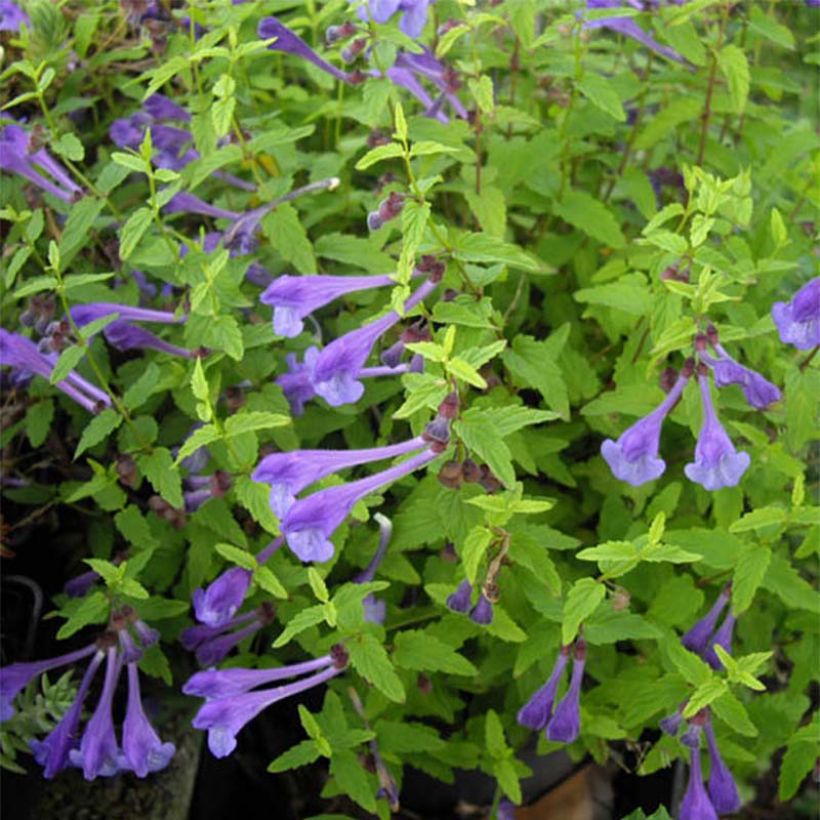

Flowering
Foliage
Plant habit
Botanical data
Scutellaria
scordiifolia
Lamiaceae
North America
Planting and care
Plant in autumn or spring, in full sun or partial shade, in ordinary but well-drained soil that is moist to occasionally dry. This pretty plant adapts to wetter soil in summer, but doesn't like heavy, waterlogged soil in winter. In heavy clay soil, plant it on a mound or raised bed, in a mixture of potting soil, garden soil, and gravel (or pebbles). Once well established, this plant will withstand periods of moderate drought, with a few waterings in the event of a particularly dry summer. It is also a good plant for alpine rock gardens and mid-mountain gardens.
Planting period
Intended location
Care
- , onOrder confirmed
Reply from on Promesse de fleurs
Rare and collectible perennials
Haven't found what you were looking for?
Hardiness is the lowest winter temperature a plant can endure without suffering serious damage or even dying. However, hardiness is affected by location (a sheltered area, such as a patio), protection (winter cover) and soil type (hardiness is improved by well-drained soil).

Photo Sharing Terms & Conditions
In order to encourage gardeners to interact and share their experiences, Promesse de fleurs offers various media enabling content to be uploaded onto its Site - in particular via the ‘Photo sharing’ module.
The User agrees to refrain from:
- Posting any content that is illegal, prejudicial, insulting, racist, inciteful to hatred, revisionist, contrary to public decency, that infringes on privacy or on the privacy rights of third parties, in particular the publicity rights of persons and goods, intellectual property rights, or the right to privacy.
- Submitting content on behalf of a third party;
- Impersonate the identity of a third party and/or publish any personal information about a third party;
In general, the User undertakes to refrain from any unethical behaviour.
All Content (in particular text, comments, files, images, photos, videos, creative works, etc.), which may be subject to property or intellectual property rights, image or other private rights, shall remain the property of the User, subject to the limited rights granted by the terms of the licence granted by Promesse de fleurs as stated below. Users are at liberty to publish or not to publish such Content on the Site, notably via the ‘Photo Sharing’ facility, and accept that this Content shall be made public and freely accessible, notably on the Internet.
Users further acknowledge, undertake to have ,and guarantee that they hold all necessary rights and permissions to publish such material on the Site, in particular with regard to the legislation in force pertaining to any privacy, property, intellectual property, image, or contractual rights, or rights of any other nature. By publishing such Content on the Site, Users acknowledge accepting full liability as publishers of the Content within the meaning of the law, and grant Promesse de fleurs, free of charge, an inclusive, worldwide licence for the said Content for the entire duration of its publication, including all reproduction, representation, up/downloading, displaying, performing, transmission, and storage rights.
Users also grant permission for their name to be linked to the Content and accept that this link may not always be made available.
By engaging in posting material, Users consent to their Content becoming automatically accessible on the Internet, in particular on other sites and/or blogs and/or web pages of the Promesse de fleurs site, including in particular social pages and the Promesse de fleurs catalogue.
Users may secure the removal of entrusted content free of charge by issuing a simple request via our contact form.
The flowering period indicated on our website applies to countries and regions located in USDA zone 8 (France, the United Kingdom, Ireland, the Netherlands, etc.)
It will vary according to where you live:
- In zones 9 to 10 (Italy, Spain, Greece, etc.), flowering will occur about 2 to 4 weeks earlier.
- In zones 6 to 7 (Germany, Poland, Slovenia, and lower mountainous regions), flowering will be delayed by 2 to 3 weeks.
- In zone 5 (Central Europe, Scandinavia), blooming will be delayed by 3 to 5 weeks.
In temperate climates, pruning of spring-flowering shrubs (forsythia, spireas, etc.) should be done just after flowering.
Pruning of summer-flowering shrubs (Indian Lilac, Perovskia, etc.) can be done in winter or spring.
In cold regions as well as with frost-sensitive plants, avoid pruning too early when severe frosts may still occur.
The planting period indicated on our website applies to countries and regions located in USDA zone 8 (France, United Kingdom, Ireland, Netherlands).
It will vary according to where you live:
- In Mediterranean zones (Marseille, Madrid, Milan, etc.), autumn and winter are the best planting periods.
- In continental zones (Strasbourg, Munich, Vienna, etc.), delay planting by 2 to 3 weeks in spring and bring it forward by 2 to 4 weeks in autumn.
- In mountainous regions (the Alps, Pyrenees, Carpathians, etc.), it is best to plant in late spring (May-June) or late summer (August-September).
The harvesting period indicated on our website applies to countries and regions in USDA zone 8 (France, England, Ireland, the Netherlands).
In colder areas (Scandinavia, Poland, Austria...) fruit and vegetable harvests are likely to be delayed by 3-4 weeks.
In warmer areas (Italy, Spain, Greece, etc.), harvesting will probably take place earlier, depending on weather conditions.
The sowing periods indicated on our website apply to countries and regions within USDA Zone 8 (France, UK, Ireland, Netherlands).
In colder areas (Scandinavia, Poland, Austria...), delay any outdoor sowing by 3-4 weeks, or sow under glass.
In warmer climes (Italy, Spain, Greece, etc.), bring outdoor sowing forward by a few weeks.
